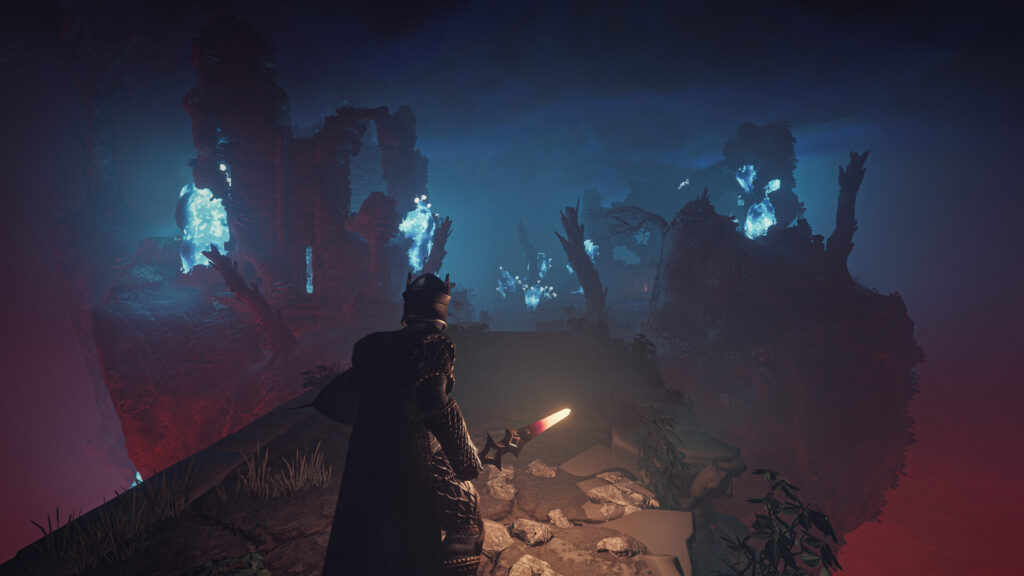Action games have long been the cornerstone of the gaming industry, offering players heart-pounding excitement and thrilling gameplay. But what truly makes an action game stand out from the crowd? What elements combine to create a memorable experience that keeps players hooked from start to finish? To answer these questions, we turn to industry experts—game designers, developers, and critics—who share their insights into the core components that make a great action game. In this article, we’ll break down the key elements that every action game must get right to resonate with players and stand the test of time.
“Great games are made by passionate people who never stop learning and pushing boundaries.” This quote encapsulates the spirit of action game development: a continuous pursuit of improvement and innovation.
When it comes to action games, gameplay mechanics are paramount. According to industry veterans, the most crucial aspect of any action game is the feel of the combat. Whether you’re wielding a sword in a fantasy adventure or taking on enemies in a first-person shooter, the controls need to be intuitive, responsive, and rewarding. A smooth combat system can elevate an otherwise ordinary game to a standout experience. Experts emphasize that responsiveness and player agency—allowing players to feel in control and empowered—are key to a successful action game.
But gameplay mechanics alone aren’t enough to create a lasting impact. Narrative and world-building play an essential role in keeping players invested. A compelling story, rich in character development and meaningful stakes, provides the emotional hook that makes the action more than just a series of button presses. Game designers believe that combining engaging gameplay with a deep, immersive narrative is what separates a “good” action game from a truly great one. The worlds of The Last of Us, Red Dead Redemption 2, and Uncharted aren’t just visually stunning—they’re alive with stories that players care about.
Level design and pacing also play crucial roles in crafting a great action game. Developers often highlight the importance of creating environments that allow for dynamic action while also offering moments of respite and exploration. A well-paced game has highs and lows, with intense action sequences balanced by quieter moments that give players time to breathe and immerse themselves in the world. Level design should allow players to approach challenges in different ways, encouraging creativity and providing a sense of freedom.
Finally, visuals and sound design are often the finishing touches that bring an action game to life. Stunning graphics—combined with well-designed environments, realistic animations, and cinematic cutscenes—help create a world players want to inhabit. The sound, meanwhile, adds another layer of immersion, from powerful soundtracks to realistic environmental noises and impactful sound effects that enhance every action-packed moment.
Creating a great action game is a delicate balancing act, and it requires expertise across multiple disciplines. From fluid combat systems to engaging narratives and immersive environments, every aspect needs to be finely tuned. As the experts agree, the most memorable action games are those that not only deliver fast-paced, exciting gameplay but also allow players to connect emotionally with the world and characters. For developers, it’s all about creating a seamless experience that combines technical precision with creativity and passion. And for players, the reward is an unforgettable adventure that they’ll want to return to time and again.

